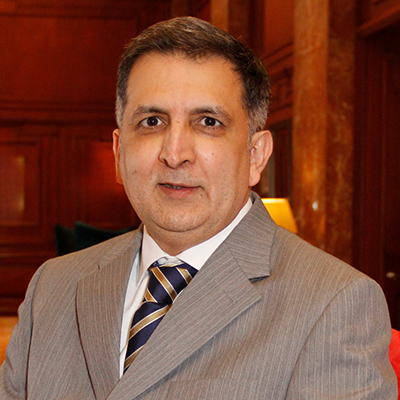
Mr Siddharth Sharma is the Chief Executive Officer (CEO) of Tata Trusts. Prior to this, he handled the sustainability portfolio at Tata Sons, the principal investment holding company of the Tata Group. In that capacity, he headed the Tata Sustainability Group between 2019-2023, a Centre of Excellence for mainstreaming ESG imperatives across the Group. During this period, the Group announced its ‘Net Zero aspiration by 2045’ and also embedded sustainability within the Tata Business Excellence Model (TBEM).
Prior to his joining Tata Sons, Mr Sharma was a civil servant for more than two decades, starting his career with the Government of India in 1992.
He has handled important assignments in key ministries of the Government of India, such as the President’s Secretariat, Finance, Urban Development & External Affairs. After serving as the Internal Financial Advisor to the 13th and 14th Presidents of India for almost six years, he took voluntary retirement in 2018 and subsequently transitioned to the Tata group in 2019.
Mr Sharma possesses a deep insight and knowledge of the Indian Financial System, having worked in the Ministry of Finance in different stints. He was a key member of the top management team of the Pension Fund Regulatory and Development Authority of India (PFRDA), the pensions regulator, during 2007-09 and in that capacity oversaw the expansion of the National Pension System (NPS) to the unorganized sector, insurance and banking sectors and the State Governments.
He spearheaded a pilot project for transitioning Government of India from cash to accruals while in the Ministry of Urban Development (2006), extensively researching the financial systems of the United Kingdom and Canada for this purpose. An avid public speaker and debater, he was Secretary of the Debating Society at Shri Ram College of Commerce (1987-1988), from where he graduated with an Honours Degree in Commerce in 1989. He has also co-authored along with Dr Urjit Patel a seminal document on Government of India’s Pensionary Liabilities, which laid the framework for the movement from a defined benefit to a defined contribution pension system and led to the eventual introduction of the National Pension System.
